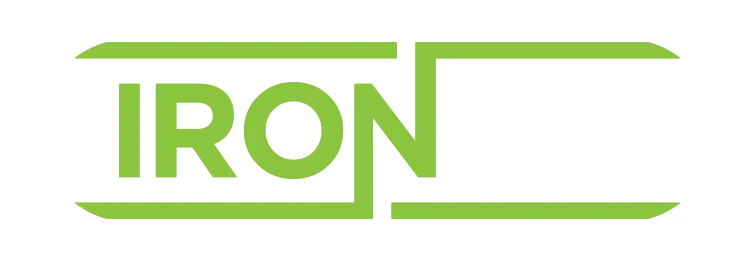LINES OF DELINEATION
The Current Economy comes with several unavoidable obstacles: New Machine shortages, parts shortages, and a lack of Used Equipment to sell. In addition, commodity prices are near record highs and show no sign of weakening for at least this growing season. These factors have caused New Equipment Prices to hit new highs and, in turn, used Equipment Prices. So what does this mean for the Overall Equipment Market?
2008-2012 was the last run-up in commodity prices. On-farm income was at record highs, and New Equipment had a nine to a fifteen-month backlog. Early Order Programs sold out in hours instead of days, and there was more than enough Used Equipment to go around. It wasn't uncommon for a Farm to have a mixed bag of New and Used Equipment. For example, the Producer might primarily buy one-year-old tractors every two to three years and at the same time buy a New Combine every year. Warranty was driving this structure, and the trade difference worked for the customer.
During 2008-2012, depending on specs and model , a New Combine was $225,000 - $275,000, New Row Crop Tractor was $175,000 - $225,000, New Sprayer was $185,000 - $250,000, and New 4WD was $250,000 - $325,000. Today these same machines have doubled and even tripled in New Selling Price. Today's machines also have more technology, more throughput, and horsepower. Also, as a reference point, machines built in the late 90s and early 2000s saw the same rise in sell price up to 2008-2012.
2022 is a year I will look back on, and this was the year where everything changed. 2022 was a transitionary period when buying some New Equipment and some "New To You" Equipment stopped. The price of New Equipment drives the price of Used Equipment. The percentages of New Equipment price Increases are not a one-to-one ratio. Typically, if the price increase is 5%, then Used Equipment Values will recognize a 2%-3% increase in value. Currently, on Row Crop Tractors, I see a one-to-one ratio; combines, I would say, are near the norm, Sprayers are close to one-to-one, and 4WD is closer to 75% of the price increase.
As I look at the situation, I see lines of delineation growing bolder and more robust than at any other time in my career. The customer base is becoming more and more defined. Hence, the New Buyer, The Late Model Low Hour Used Buyer, High Depreciation Used Buyers, Five to Ten-Year-Old Used Buyer, and The High Hour Used Buyer.
In the past, it wasn't uncommon to see a new machine popup within one of the segment groups; today, I am seeing New Equipment sold less and less outside of the New buyer than ever before. The cost of Used Equipment is better at defining what the Producer is going to buy and when they will buy it. Because of changing customer buying habits, the dealer will change how they structure transactions with both the New and Used Buyers.
Because of the cost of both New and Used Equipment, leasing will play a more defining factor in financing options. Leasing accomplishes two things for the customer, payment structure and more controlled downside risk. Elements are not controlled through installment structures, but there is no walking away from negative equity. Therefore, creative Financing with highly structured terms will be the norm and not the exception.
The New Buyer, The Late Model Low Hour Used Buyer, High Depreciation Used Buyers, Five to Ten Year Old Used Buyer, and The High Hour Used Buyer will all be looking for the edge to increase efficiency profitability while decreasing the overall cost of ownership. The fast-paced advancement in technology is going further to widen and reinforce lines of delineation between customer segmentation groups. Unlike today, technology will not be available to everyone in the same capacity. The affordability of new technology will command trade cycles and what generation of technology is used. The Ag Equipment Business is morphing and changing more rapidly than it appears. Stand by…
Movingiron Podcast
Go checkout Movingiron by clicking the link for more info on the farming industry. Here at Ironlisting we think they are a great source of information that every farm should access.
For more topics like this, listen to Moving Iron Podcast anywhere podcasts are heard, and check MovingIronLLC.com for all of the latest Moving Iron News. To continue this conversation, go to Facebook, Twitter, and Instagram @MovingIronLLC or send an email at MovingIronPodcast@MovingIronPodcast.com. So until next time, let's go move some iron!
